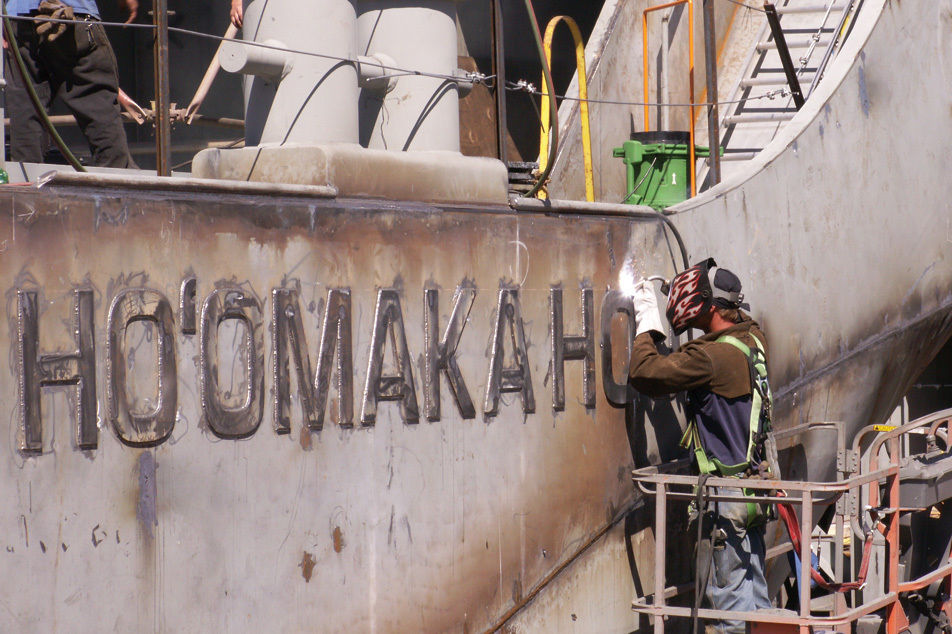Meet the Family Firm Riding High on Portland’s Building Boom

Image: Michael Schmitt
One day last fall, a ride around town in Joel Andersen’s Escalade ended with a stop at the Yard, the Burnside Bridgehead high-rise built by the construction firm founded by his grandfather 66 years ago. The Yard would become controversial. (Specifically, city regulators and the building’s Hood River–based developer, Key, fought over how many windows the building would have.) But that afternoon, on an unfinished upper story, all was bright. Andersen, a jovial 35-year-old, surveyed downtown and the Central Eastside. “It’s awesome to think that this view of Portland never existed before,” he said. The Cosmopolitan, a Pearl District luxury tower built by Andersen, glimmered in the distance. The brick warehouses of the industrial district below suggested a game board awaiting the next player’s move.
Andersen definitely enjoys an unusual vantage on Portland’s development boom: his firm’s red-A logo has adorned many of the central-city projects that define it. Andersen has built east-side apartment buildings (the Peloton on North Williams is one example); the firm is currently at work on another Pearl District tower, for now known as Block 136. A building called New York, a multistory light-industrial warehouse in Northwest, was conceived for the city’s burgeoning small-manufacturing sector. And with projects such as the Oregon Health & Science University’s Knight Cancer Institute, the Grant High School remodel, and a remodel at Legacy Emanuel on its schedule, the firm will stamp the city’s next institutional evolution.
But according to Joel Andersen, who took his current role as president last year from his father, David, the firm struggled right along with the rest of the world a few years back. “We were a broken organization,” he says, “and we needed to focus on something more than money.” The earnest Portland native speaks of “becoming a servant-leader” and his effort to book face-to-face time with every employee in five Pacific Northwest locations. More practically, the firm helped itself by taking direct ownership stakes in several projects to help them break ground amid the recession’s tight finances.
“It’s been amazing to see us go from a few little projects in Seattle to 150 people in our Seattle office,” Andersen says. “To see Boise go from $20 million to $80 million this year.”
What’s next? Andersen speaks with the perspective and patience of someone reared in a family business. “I think Portland will de-energize slowly rather than fall off a cliff,” he says. “It’s just the nature of things.” He notes that investor interest in Portland isn’t waning, and that governments and major institutions are still gearing up to build.
“It feels like we’re in the fourth quarter,” he says, “but it’s been a great game.”




